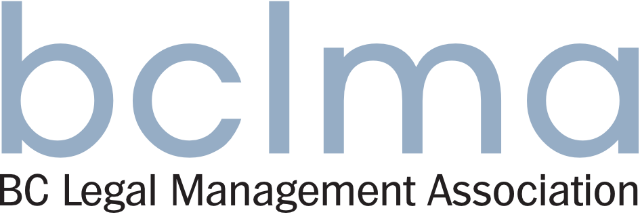Greek philosopher Heraclitus is credited with saying, “The only constant is change” around 500 BC. This idea rings true today. I get a close view of the complex change nonprofits face when we do strategic planning together. Managing complex change is inevitable, and it’s something we could all understand a little better.
Here is one framework I first saw during my Leadership Detroit experience. It’s now something I refer to repeatedly when I work on strategic planning and fundraising projects with clients. When you think from a systems perspective, the elements needed to manage complex change make sense. Change doesn’t happen just because someone declares a goal. Change requires:
VISION + SKILLS + INCENTIVES + RESOURCES + ACTION PLAN = CHANGE
Any good strategic planning process will address each of these, but implementing each one consistently over time is where things can get tricky. This framework was created and copyrighted by Dr. Mary Lippitt. It shows what it can feel like in an organization when any one of these 5 elements is missing.
Update: I learned in January 2019 that the Managing Complex Change model was created by Dr. Mary Lippitt (1987). The source I first credited in my original 2016 post was Knoster, Villa and Thousand (2000). It has been used in a variety of business and educational settings, and it’s widely applicable to any number of contexts.
What I love about Dr. Lippitt’s model is that it distills some intertwined factors in a clear visual framework. Every group I have worked with who has seen this gets it. I like to use this framework at the beginning of a strategic planning process and then refer back to it at key points with questions like:
- Is the new vision statement compelling enough to inspire action from current and new partners and stakeholders?
- Skills: What skills need to be strengthened with staff and board to bring about change?
- Incentives: What incentives and measurements need to be in place to achieve each goal?
- Resources: What resources are missing? How can additional resources be raised or earned sustainably?
- Action Plan: Does the strategic plan we’re developing together give you a clear road map for the next 3-5 years? Will you be able to follow this action plan without getting distracted?
I hope Dr. Lippitt’s framework can provide some clarity to a situation where you are in the midst of complex change. I’d love to hear your examples of how you’ve seen this play out in your organizations. Comments welcome here or at [email protected]! Stephanie Blackburn Freeth is a consultant, coach, and the CEO & Founder of Adaptive Alternatives LLC. Stephanie helps leaders and teams align strategy, practice candor, and minimize drama.
Strategic planning consultant and executive coach partnering with purpose-driven leaders and organizations

